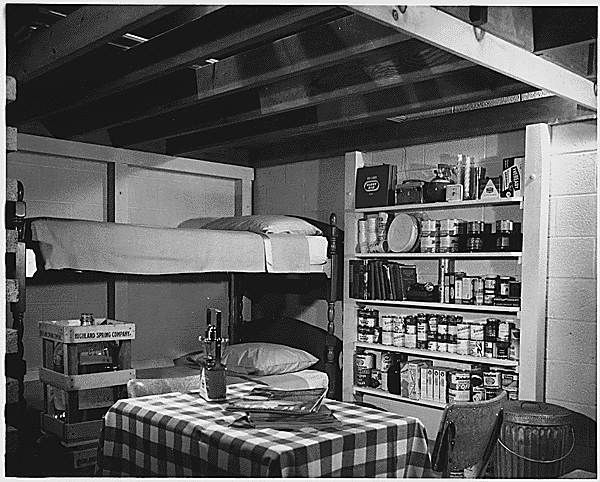 |
| Photo courtesy of time.com |
Unlike an explosion, a biological attack may or may not be immediately obvious.
Most likely local health care workers will report a pattern of unusual illness
or a wave of sick people seeking medical attention. The best source of
information will be radio or television reports.
Understand that some biological agents,
such as anthrax, do not cause contagious diseases. Others, like the smallpox
virus, can result in diseases you can catch from other people.
In the event of a biological attack,
public health officials may not immediately be able to provide information on
what you should do. It will take time to determine exactly what the illness is,
how it should be treated, and who may have been exposed.
You should watch TV, listen to the radio, or check the Internet for official news including the following:
You should watch TV, listen to the radio, or check the Internet for official news including the following:
--Are you in the group
or area authorities believe may have been exposed?
--What are the signs
and symptoms of the disease?
--Are medications or
vaccines being distributed?
--Where? Who should
get them and how?
--Where should you
seek emergency medical care if you become sick?
During a declared biological emergency:
--If a family member
becomes sick, it is important to be suspicious.
--Do not assume,
however, that you should go to a hospital emergency room or that any illness is
the result of the biological attack. Symptoms of many common illnesses may
overlap.
-- Use common sense,
practice good hygiene and cleanliness to avoid spreading germs, and seek
medical advice
--Consider if you are
in the group or area authorities believe to be in danger
--If your symptoms
match those described and you are in the group considered at risk, immediately
seek emergency medical attention
If you are potentially exposed:
-- Follow instructions
of doctors and other public health officials
--If the disease is
contagious expect to receive medical evaluation and treatment. You may be
advised to stay away from others or even deliberately quarantined
--For non-contagious
diseases, expect to receive medical evaluation and treatment
If you become aware of an unusual and
suspicious substance nearby:
--Quickly get away
--Protect yourself.
Cover your mouth and nose with layers of fabric that can filter the air but
still allow breathing. Examples include two to three layers of cotton such as a
t-shirt, handkerchief or towel. Otherwise, several layers of tissue or paper
towels may help.
--Wash with soap and
water
--Contact authorities
--Watch TV, listen to
the radio, or check the Internet for official news and information including
what the signs and symptoms of the disease are, if medications or vaccinations
are being distributed and where you should seek medical attention if you become
sick
--If you become sick
seek emergency medical attention
To learn more about disaster preparedness, click here to visit us online!




